
Whoops. The tree I missed in the original post. Too bad, because I have a feeling it would have placed very high in our reader’s poll (it placed 3rd in Method A and second in Method B – see below for the methods).
Two weeks ago we posted photos of seven bonsai and asked our readers to rate them. No contest, no prizes, just for the fun of it.
Putting aside some people’s objections to the whole idea of judging bonsai, the results are in. The trees are arranged from top to bottom (starting just below) in order of your preference (*our scoring system is at the bottom of the post).
Two systems for judging bonsai. The photos and the idea came from a recent facebook post by Robert Steven. Here’s just enough to whet your appetite (continued just below the photo….).

Reader’s choice for the best tree with 78 points. You might notice that it has the #1 on it, and, it was first in line. Unfair advantage? (Using the judging methods referred to below, this tree was 4th using Method A and first using Method B.
Continued from above… In Roberts own words:
This is the result of the 2 judging simulation we did :
Method-A (Scoring) :
– 1st Winner : Tree no. 20
– 2nd Winner : Tree no. 9
– 3rd Winner : Tree no. 18**
– 4th Winner : Tree no. 1
– 5th Winner : Tree no. 2
Method-B (Elimination) :
– 1st Winner : Tree no. 1
– 2nd Winner : Tree no. 18**
– 3rd Winner : Tree no. 20
– 4th Winner : Tree no. 6
– 5th Winner : Tree no. 3
The interesting thing is when the 10 judges were asked which method reflected the best accuracy to their objective choice, 9 of the 10 judges referred to Method-B (Elimination).
You can visit Robert on facebook for the whole story….
** Unfortunately we missed tree number 18 in our original post (it’s at the top of this post, where it may have ended up anyway had we included it).

Second place in our reader’s poll with 64 points (Method A first place, Method B third place).

Reader’s 3rd choice with 39 points (Method A second place, Method B unplaced).

Reader’s 4th with 35 points (Method A unplaced, Method B 5th place).
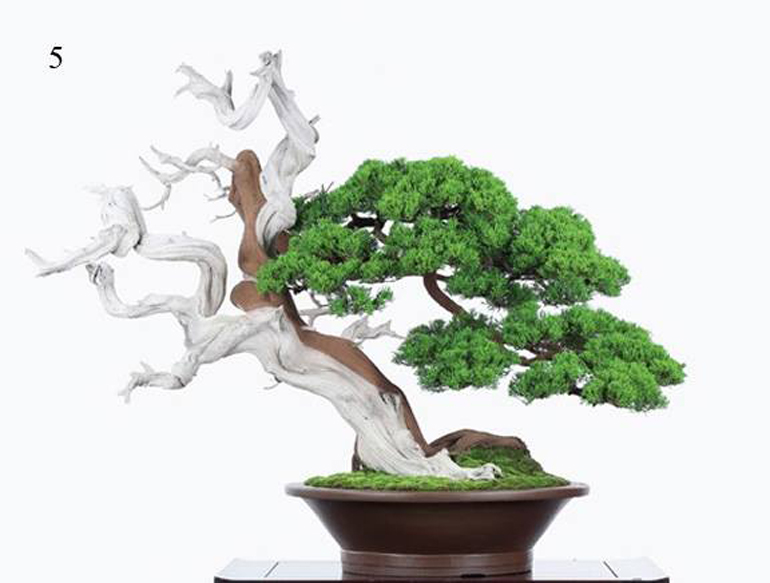 Reader’s 5th choice with 32 points (unplaced in Method A and B).
Reader’s 5th choice with 32 points (unplaced in Method A and B).
 Reader’s 6th with 27 points (Method A fifth place, Method B unplaced).
Reader’s 6th with 27 points (Method A fifth place, Method B unplaced).

Reader’s 7th and last choice with 26 points (Method A unplaced, Method B 4th place).
** We awarded 5 points for each first place selection and so on, down to 1 point for each 5th place selection. You can find the individual selections along with some remarks in the comments to the original posts.
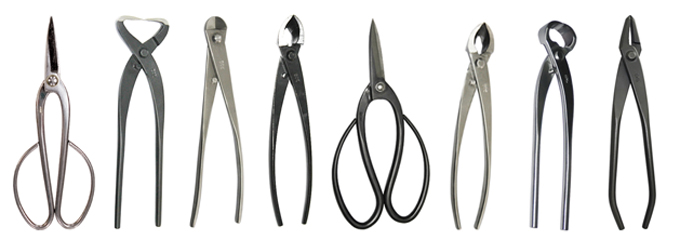
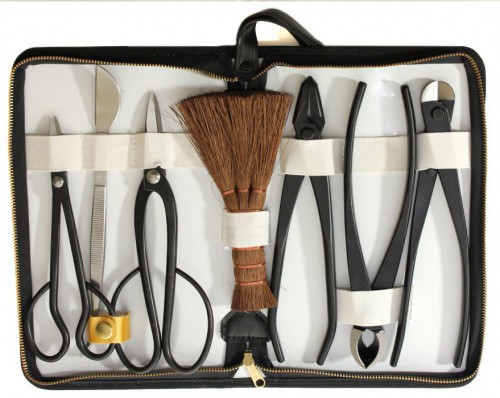

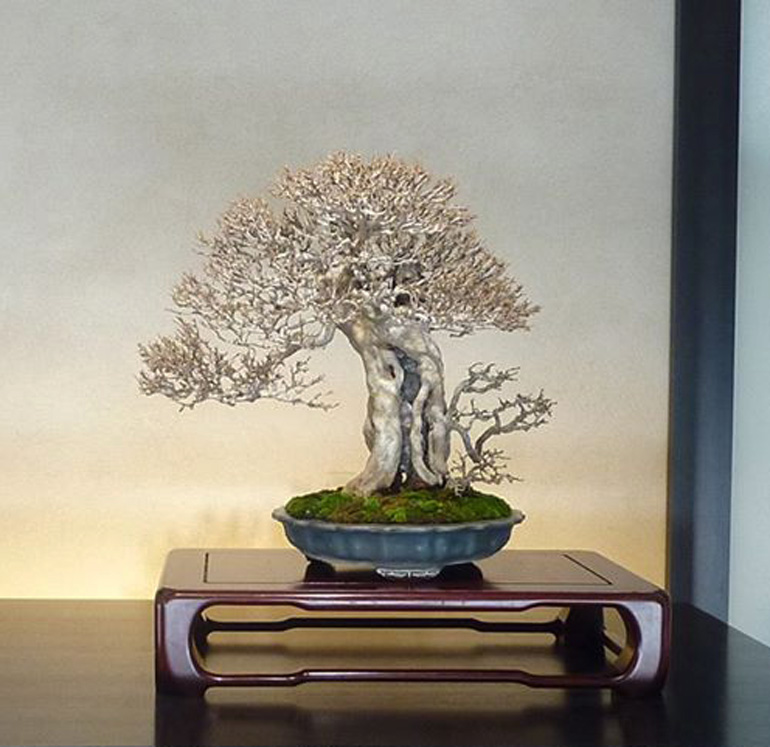
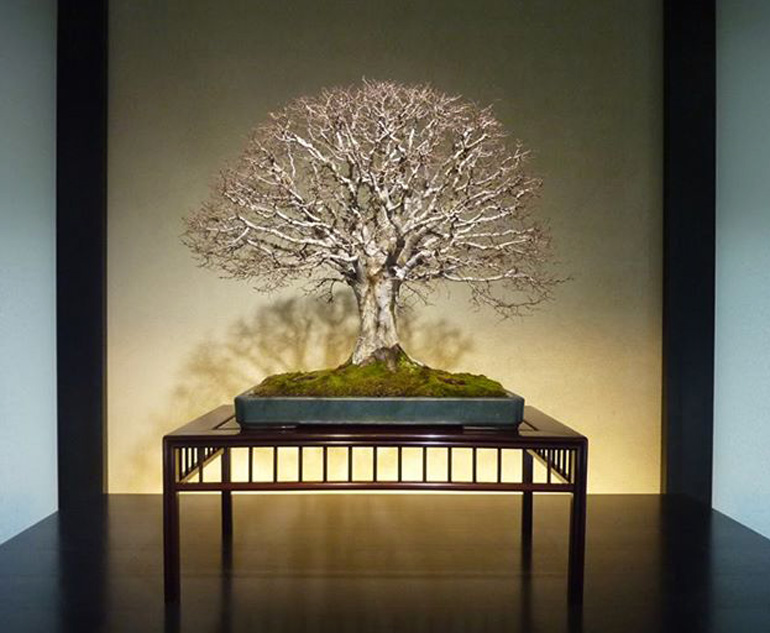 A broom style Japanese Zelkova that shows a powerful old trunk and well-balanced branching with excellent ramification.
A broom style Japanese Zelkova that shows a powerful old trunk and well-balanced branching with excellent ramification.
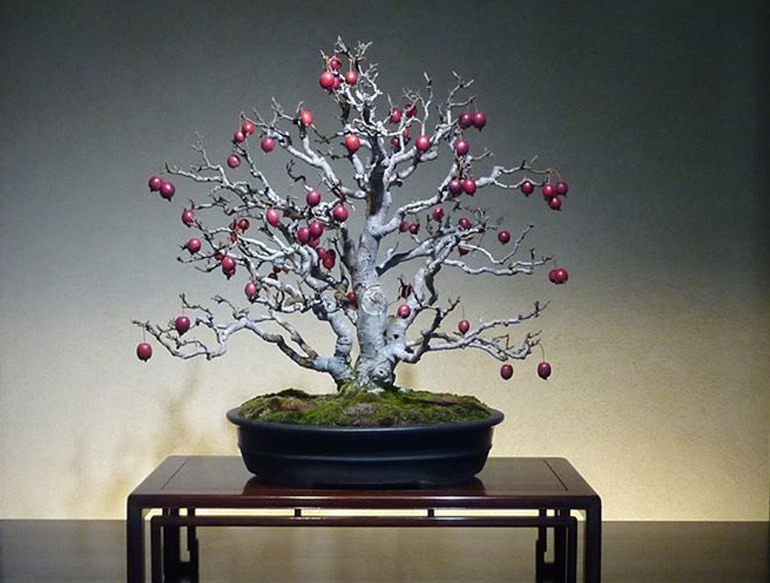 In this case it’s more about the fruit than ramification. If the birds don’t get them, Crab apples can hold their fruit well into the winter.
In this case it’s more about the fruit than ramification. If the birds don’t get them, Crab apples can hold their fruit well into the winter.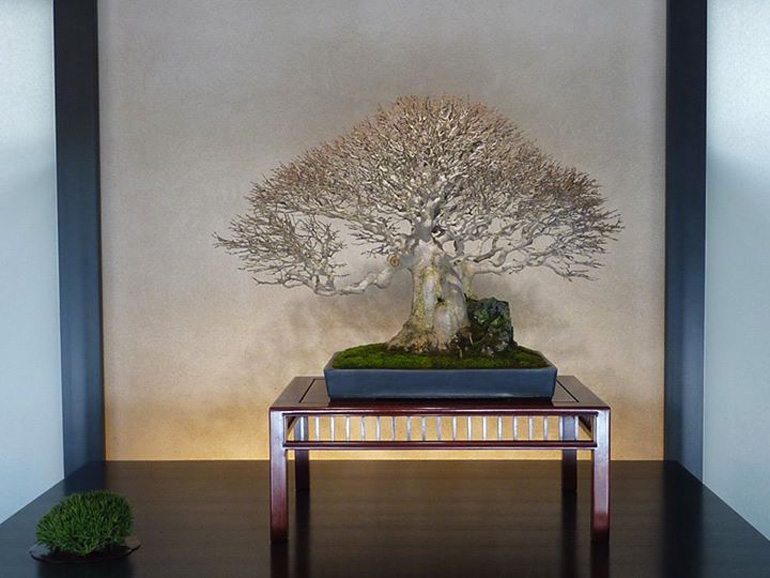
 The delicate branching provides a sharp contrast to the short powerful trunk and its striking nebari. Though Tridents often feature the most developed nebari, this Japanese maple is no slouch in that regard.
The delicate branching provides a sharp contrast to the short powerful trunk and its striking nebari. Though Tridents often feature the most developed nebari, this Japanese maple is no slouch in that regard.
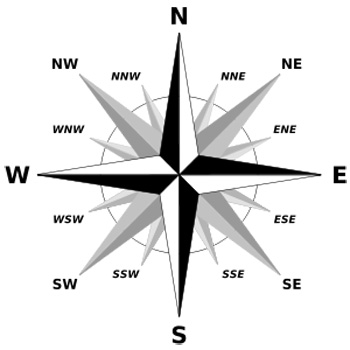








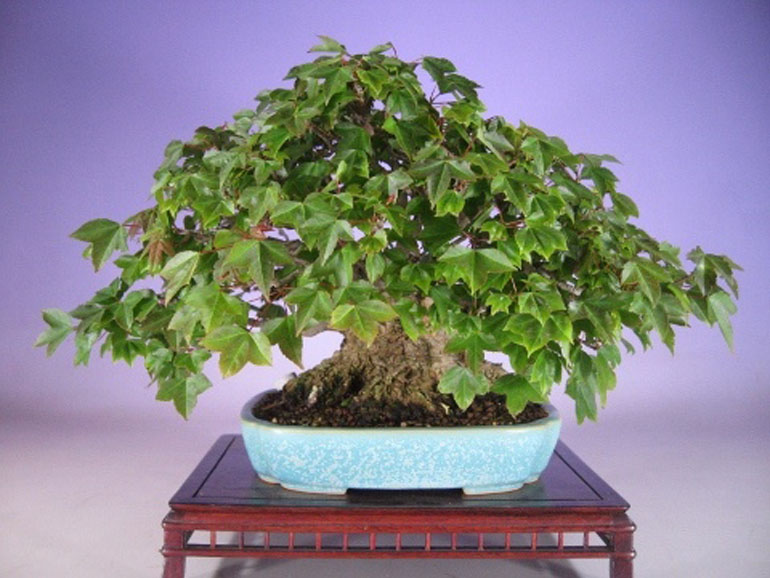
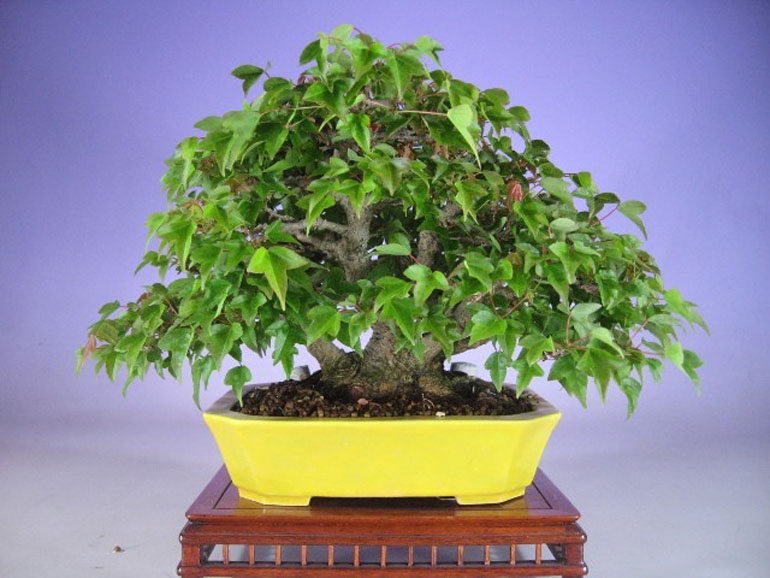
 The pot that set the armies marching. From Morten Albek’s
The pot that set the armies marching. From Morten Albek’s 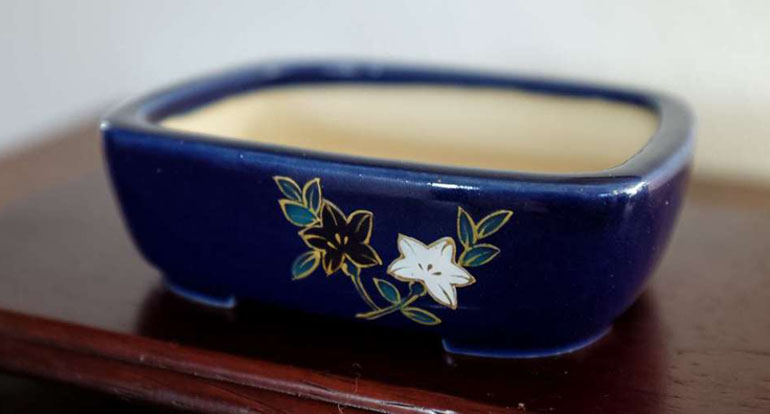 Another Takao Koyo pot from Morten’s blog.
Another Takao Koyo pot from Morten’s blog.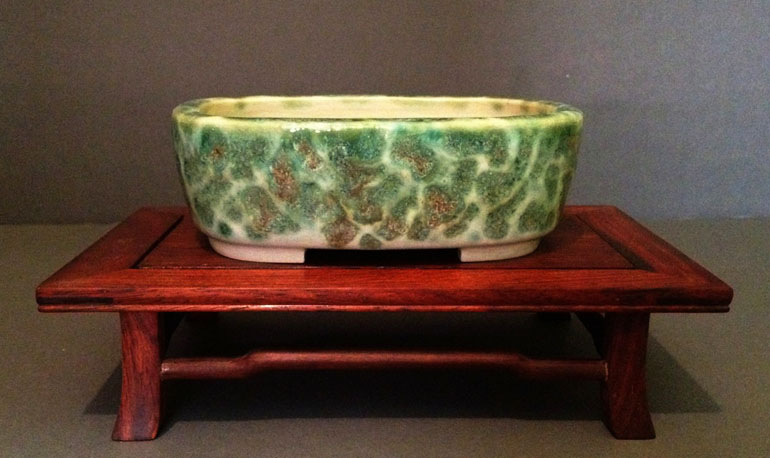


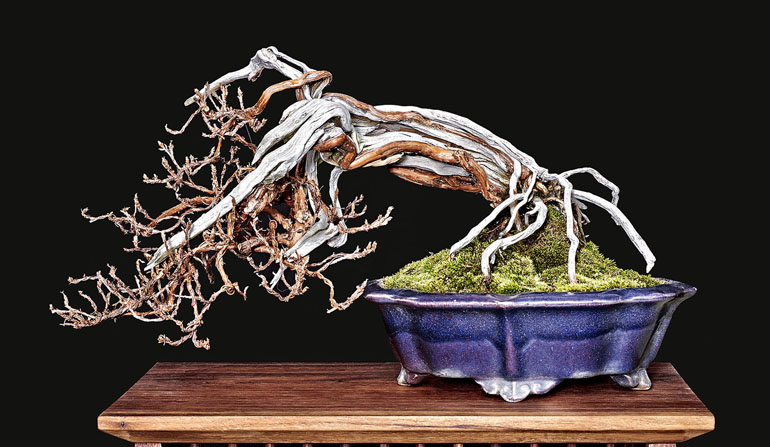
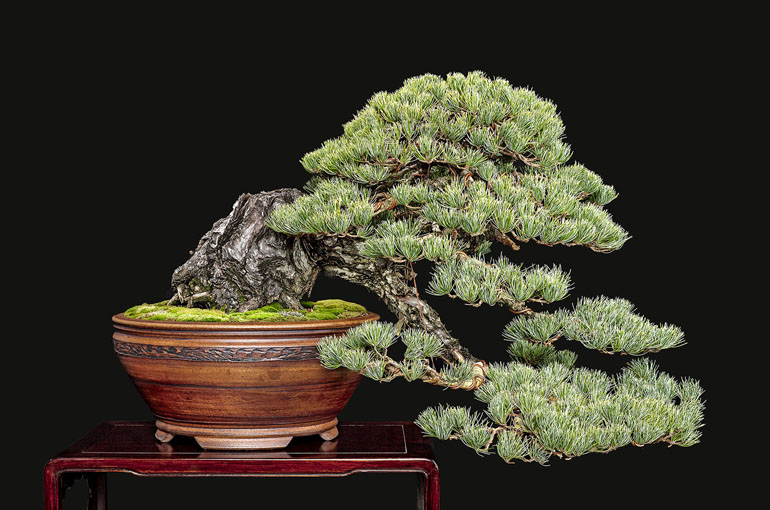
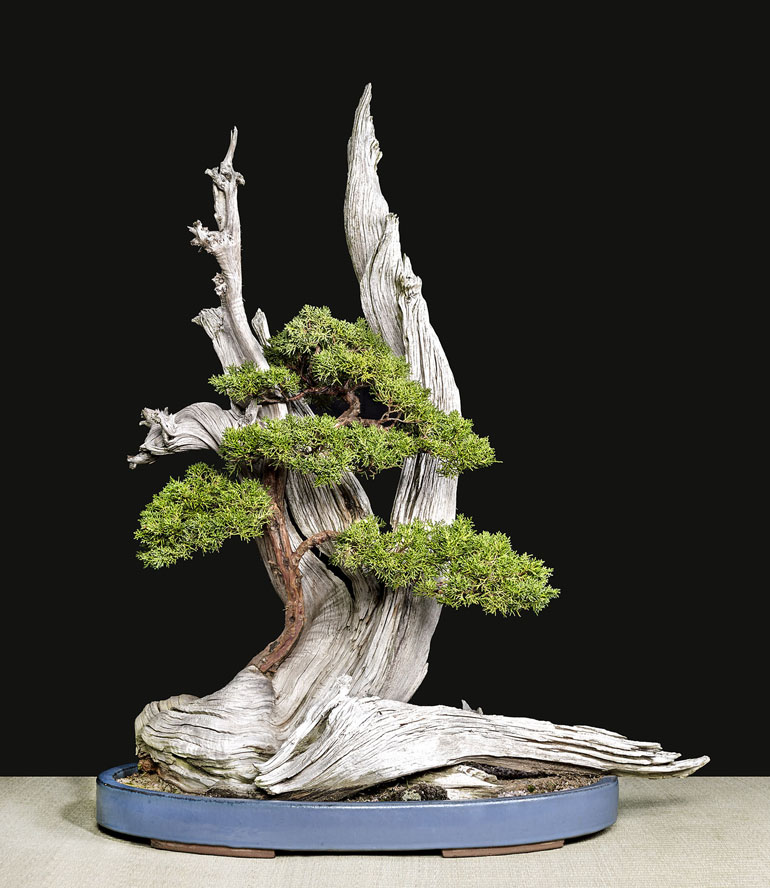


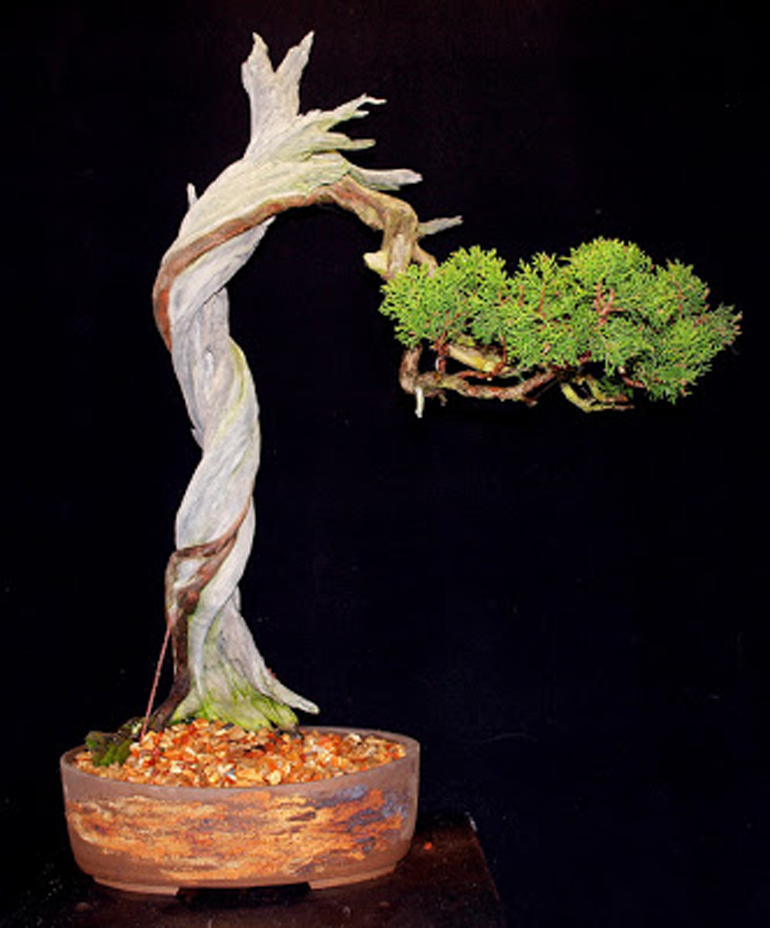
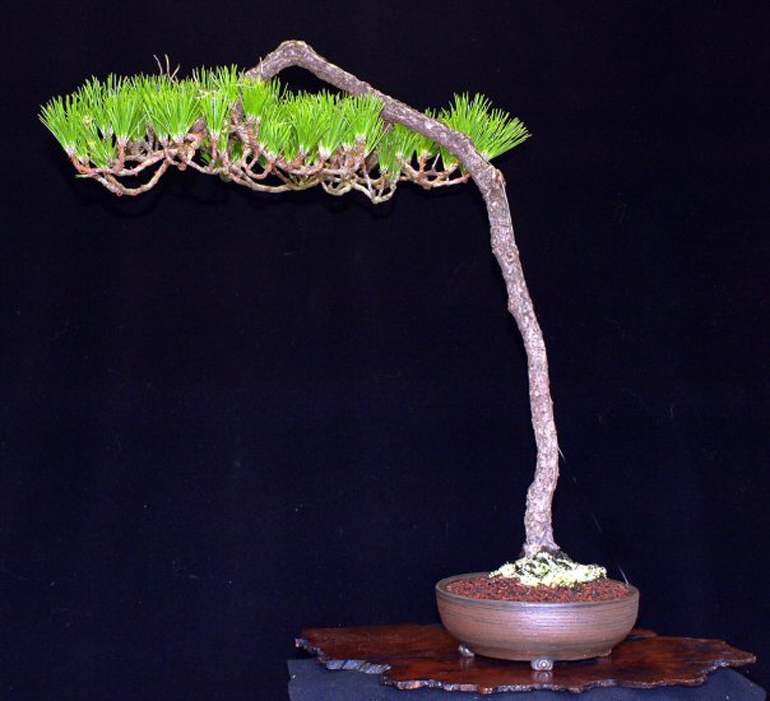
 The luminous grass, the unique pot and the calligraphic tree pushed way back in one corner bring to mind an unconventional ikebana or maybe
The luminous grass, the unique pot and the calligraphic tree pushed way back in one corner bring to mind an unconventional ikebana or maybe 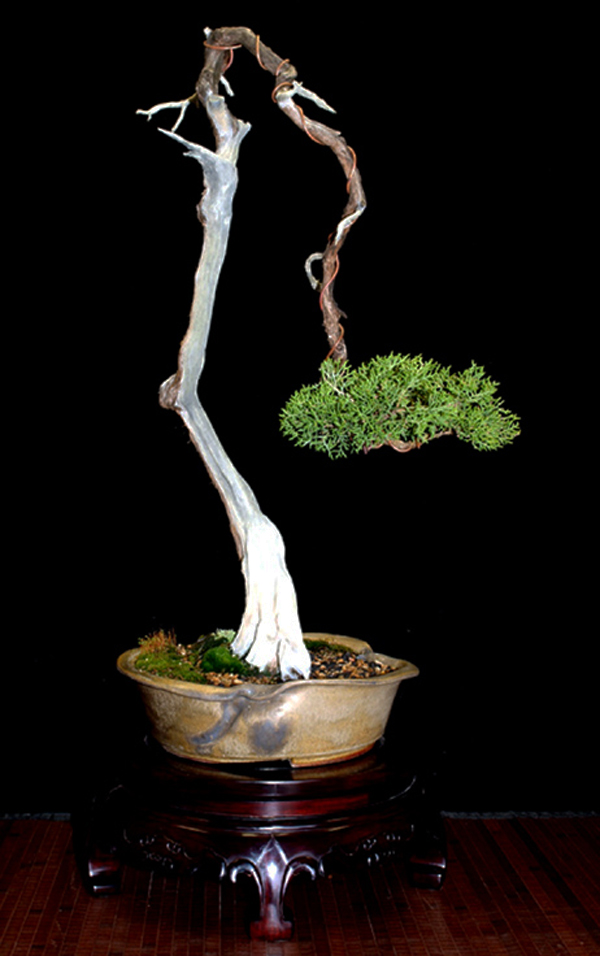
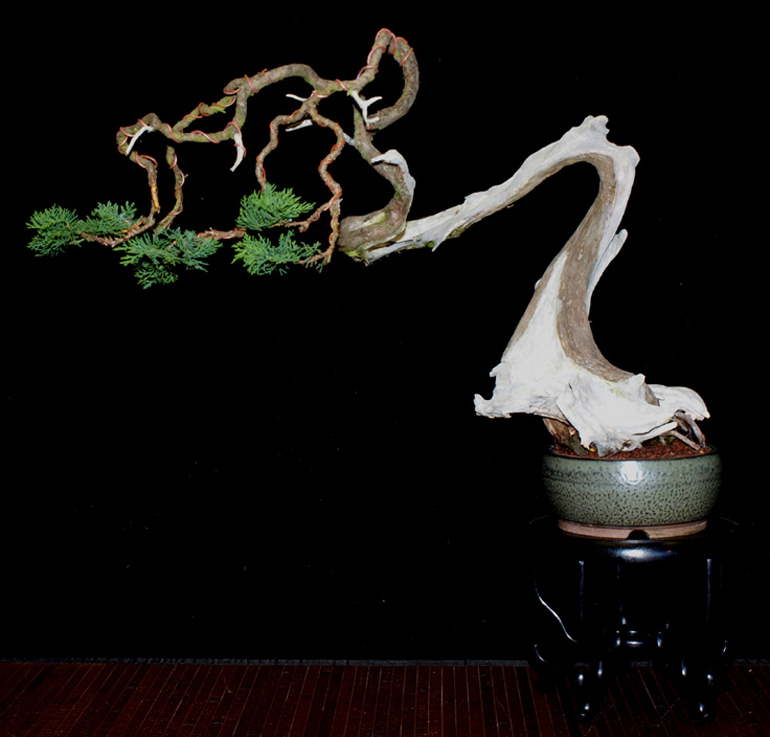
 This one is a Hollywood juniper (Juniperus chinensis ‘Torulosa’). Mike Page lives in San Francisco, where you can find thousands of these amazing gnarly old landscape trees. In some neighborhoods it seems like there’s one in every yard. Still, you seldom see them used for bonsai.
This one is a Hollywood juniper (Juniperus chinensis ‘Torulosa’). Mike Page lives in San Francisco, where you can find thousands of these amazing gnarly old landscape trees. In some neighborhoods it seems like there’s one in every yard. Still, you seldom see them used for bonsai.




 Reader’s 5th choice with 32 points (unplaced in Method A and B).
Reader’s 5th choice with 32 points (unplaced in Method A and B). Reader’s 6th with 27 points (Method A fifth place, Method B unplaced).
Reader’s 6th with 27 points (Method A fifth place, Method B unplaced).




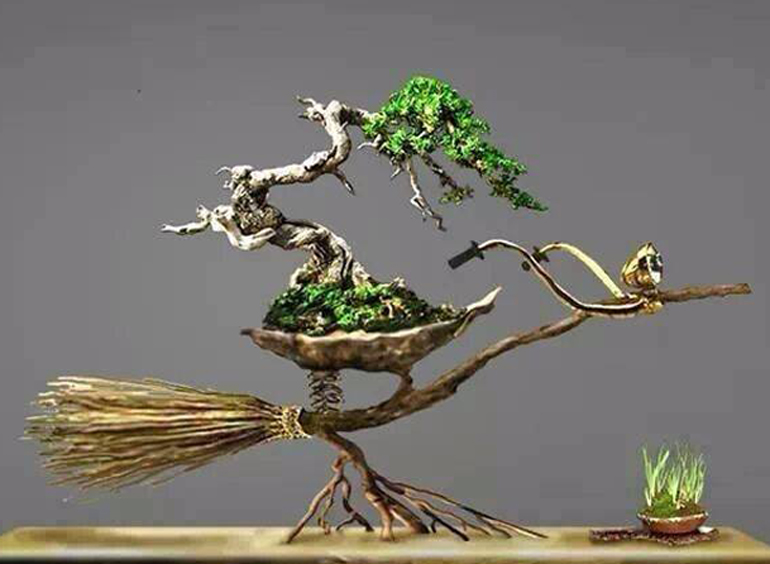
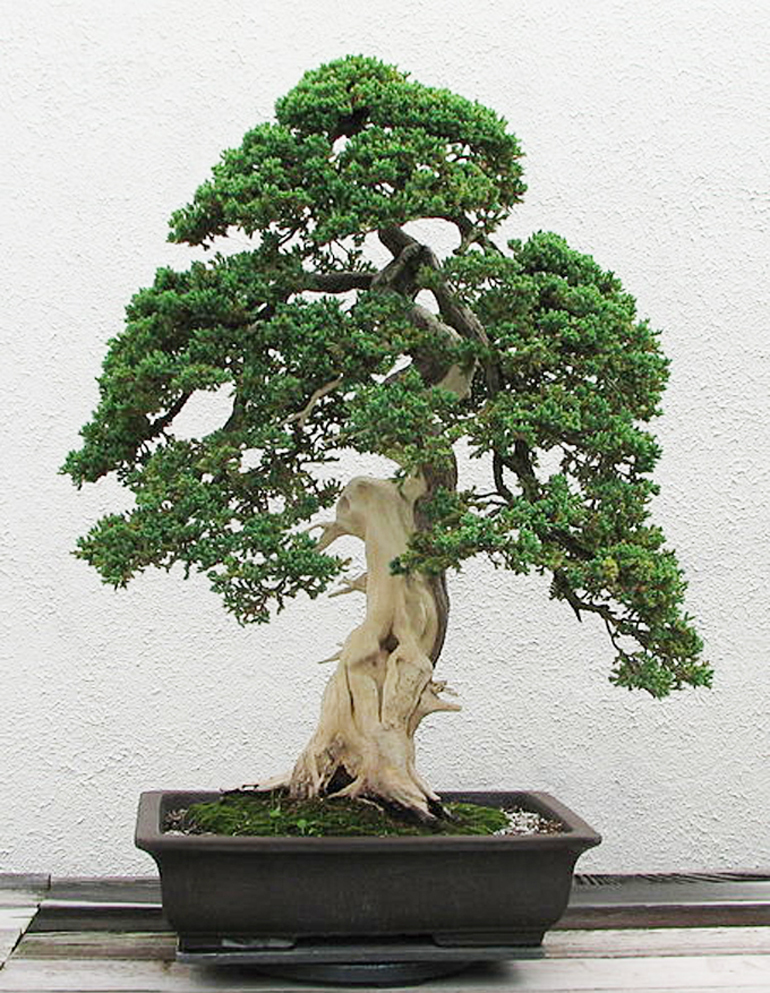
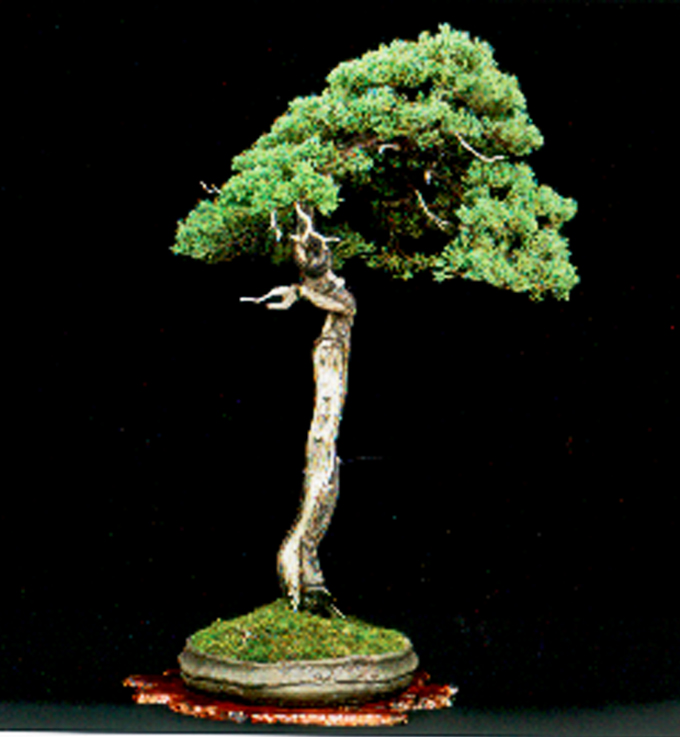
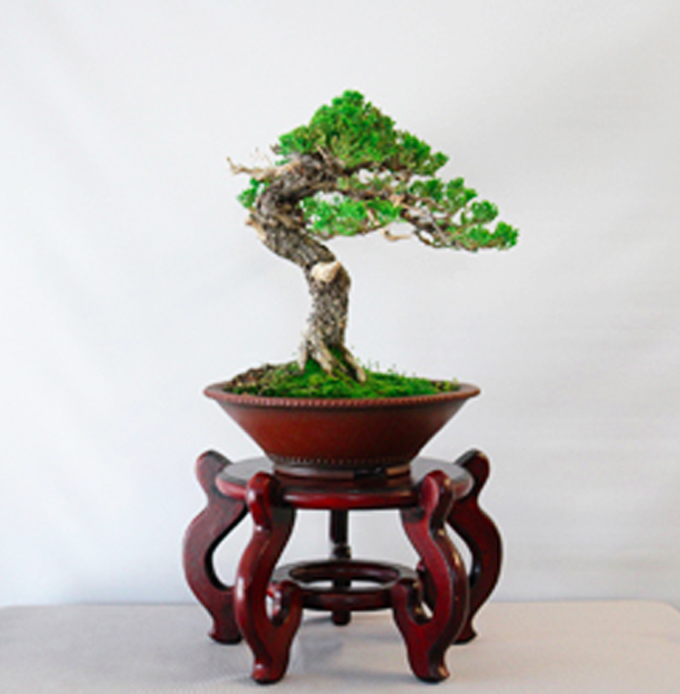
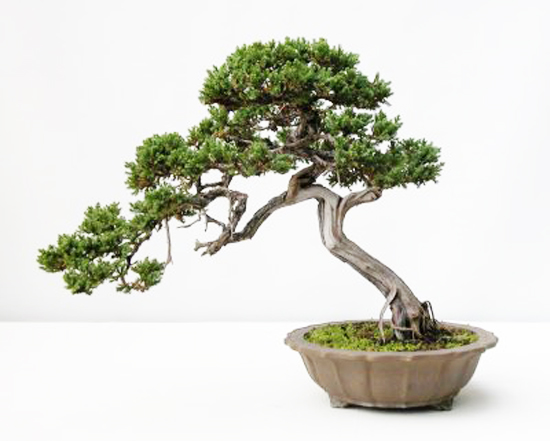
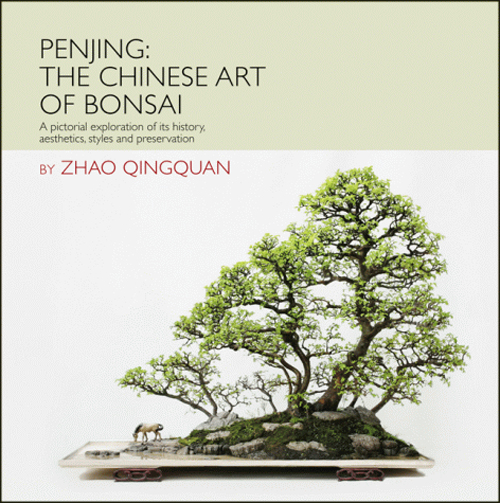

 This wild old tree is little more rugged and rough than the one above. That ruggedness and the long stretch of trunk without foliage, leans a little toward literati, though the lush foliage and deep pot betray that definition. If this were your tree, would you remove the strange branch on the left? Or maybe eliminate the inward growing foliage and create a jin? The artist is
This wild old tree is little more rugged and rough than the one above. That ruggedness and the long stretch of trunk without foliage, leans a little toward literati, though the lush foliage and deep pot betray that definition. If this were your tree, would you remove the strange branch on the left? Or maybe eliminate the inward growing foliage and create a jin? The artist is 
